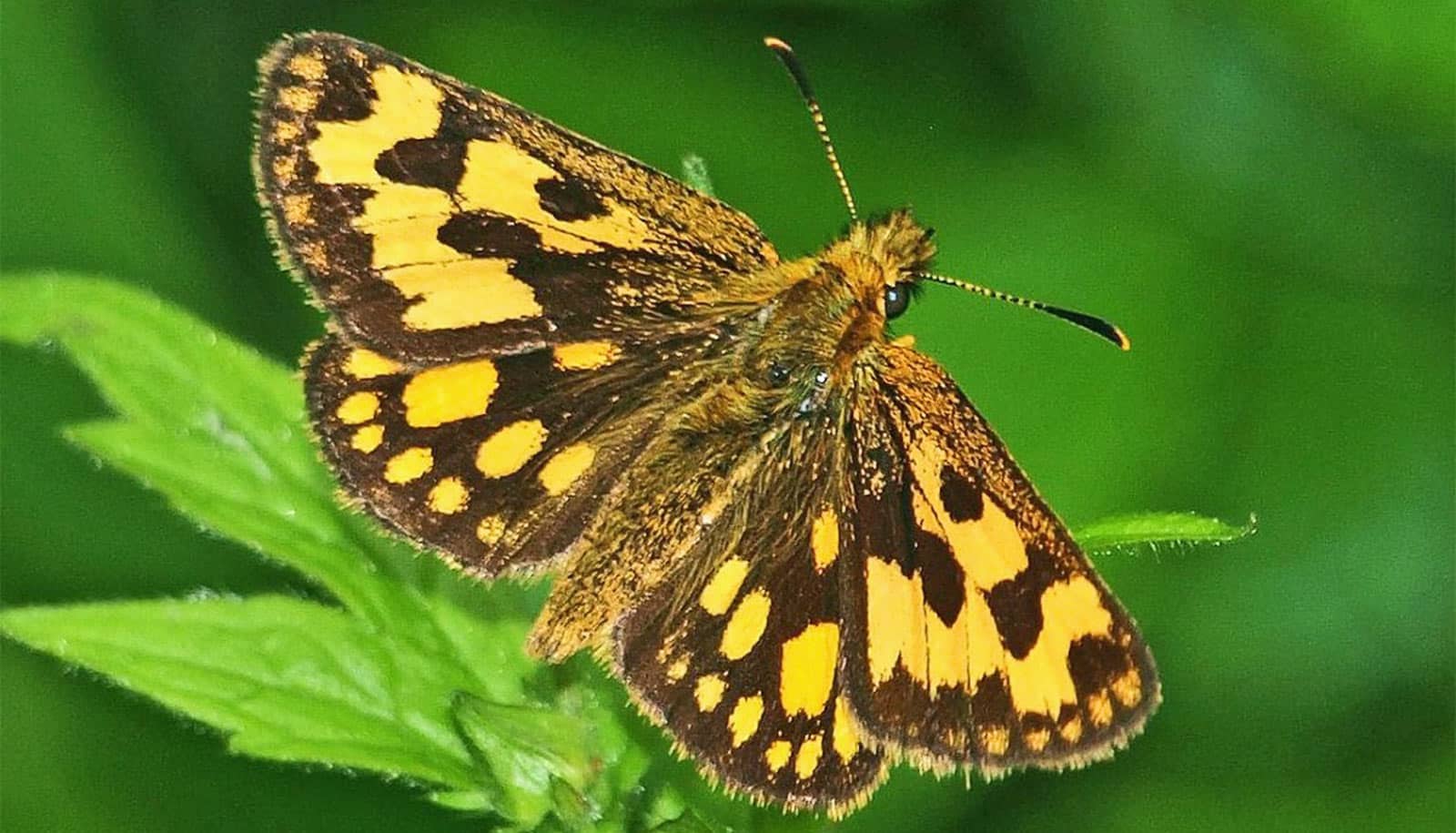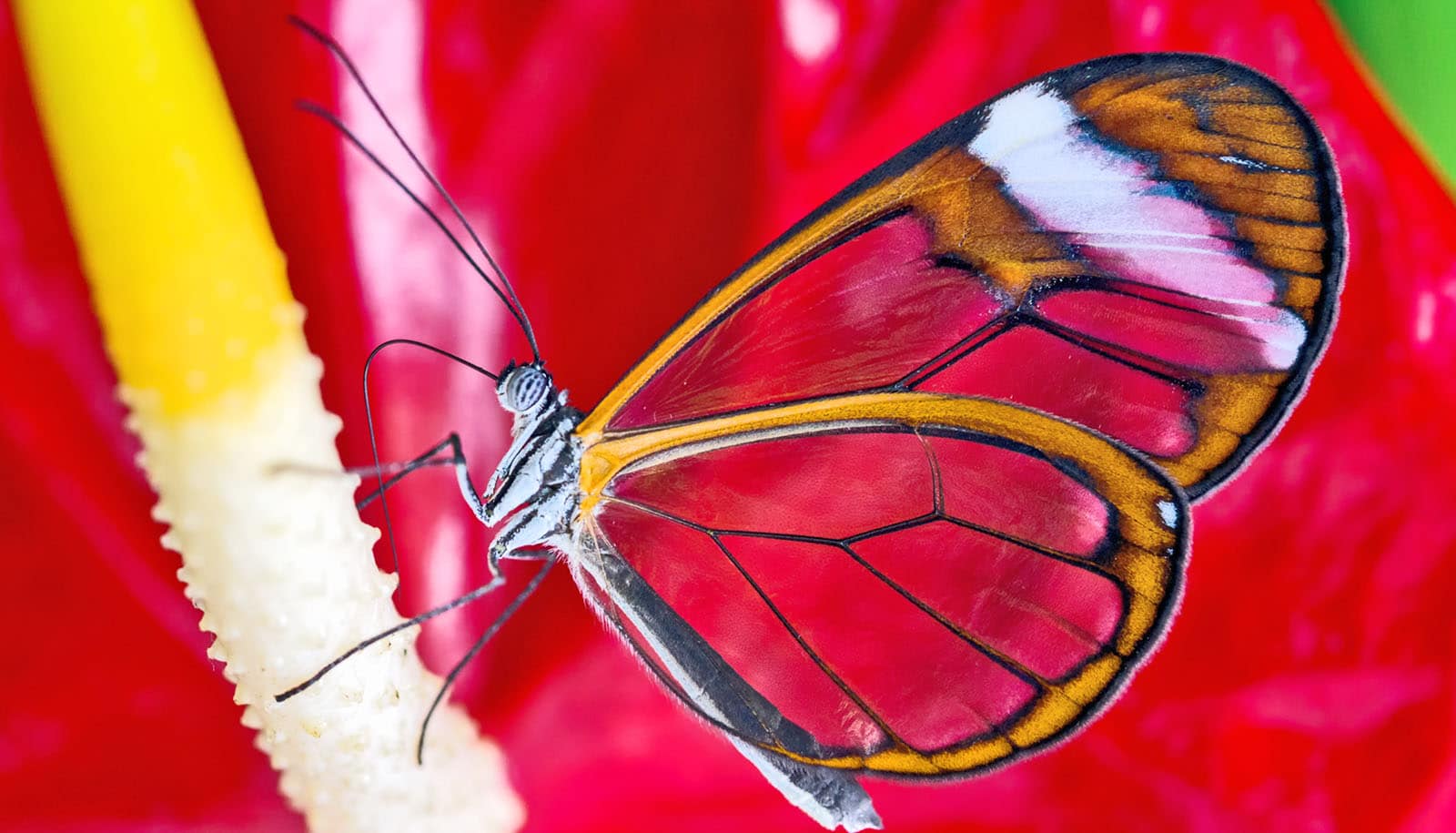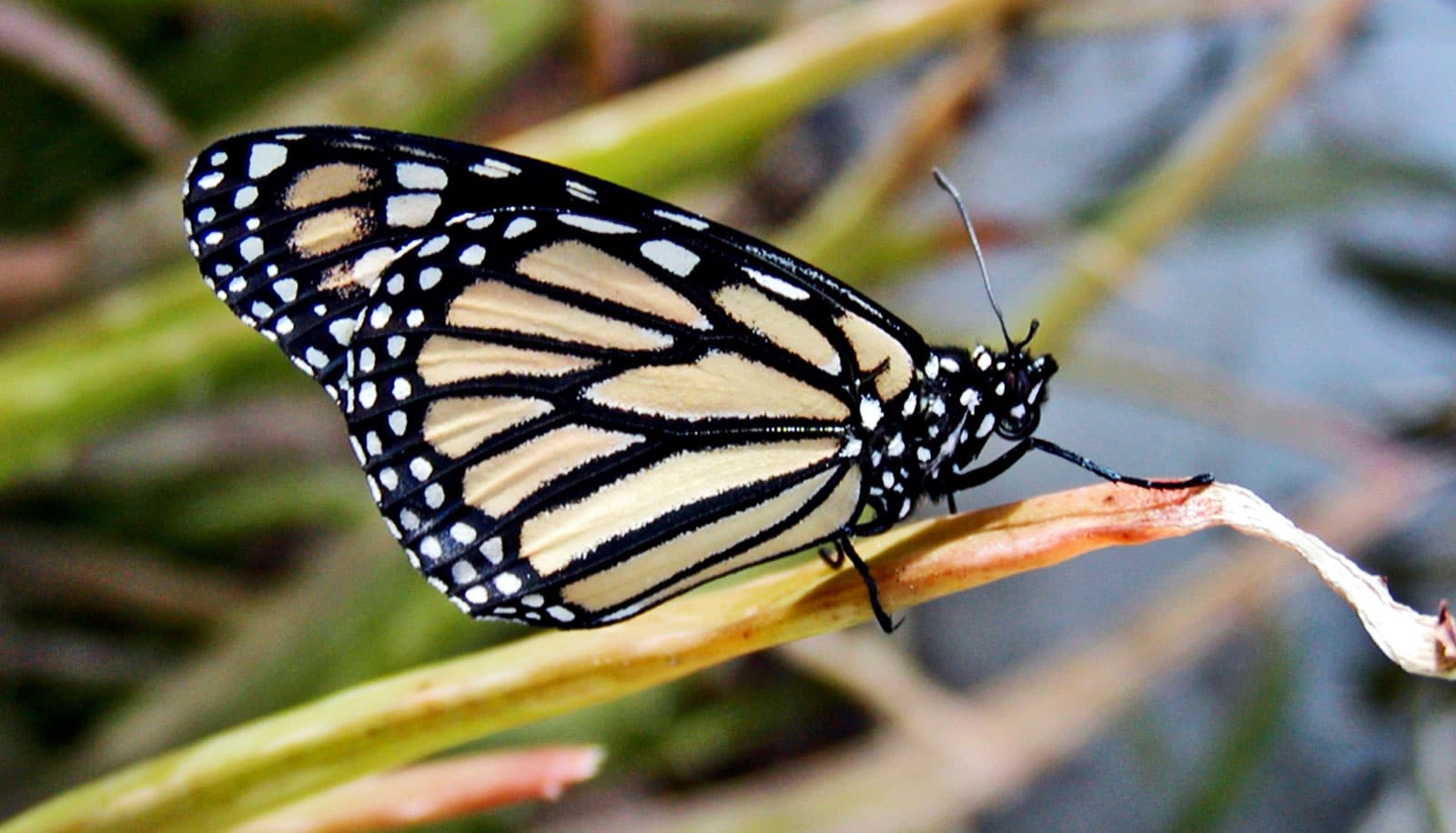The distribution of rare butterflies in Eastern Denmark has plummeted by 72% in just 26 years, according to a new study.
The findings indicate that current conservation efforts do not seem to be helping the rarer species, as was intended.
Data collected over six years by study lead author Emil Blicher Bjerregård, a biologist at the University of Copenhagen establishes just how drastic the decline is for 22 rare butterfly species across Eastern Denmark. Several of these species are critically endangered.
“The distribution of the 22 butterfly species we’ve been monitoring on Zealand, Lolland, Falster, and Møn has shrunk by 72% since 1993. All but one of the species have declined, and several of them only have one local population left,” Bjerregård says. “I wouldn’t be surprised if at least eight of the species become extinct in a few years. These include the pearl-bordered fritillary, mazarine blue, and northern checkered skipper.”
Butterflies decline in all habitats
For the study, published in Biological Conservation, the researchers compared the number of so-called “occurrence sites” in Eastern Denmark, areas with one or more populations of the target rare butterfly species were present, with the situation prior to 1993, when the last mapping of butterfly distribution was conducted. In 1993, the 22 species were spread across 565 sites in Eastern Denmark, whereas only 158 sites remained in 2019—a 72% reduction.
“The data are very robust and they unveil dramatic numbers which appear to be worse than in our neighboring countries. Many once common and widespread species in Denmark have become very rare. And once they’re gone, they won’t return,” says Hans Henrik Bruun, an associate professor at the University of Copenhagen and the study’s senior author.
The study shows that the decline applies to every type of butterfly habitat, including open woodland, peat bogs, and grasslands.
“Butterflies are a good indicator of nature quality. The studied species cannot live in residential neighborhoods, fertilized meadows, or the margins of agricultural fields. They need more natural habitats. Plenty of such habitats once existed. This is no longer the case,” Bjerregård says.
Failed conservation efforts
“Most of the butterfly occurrence sites are formally protected and have been so for decades. But we don’t see any signs that legal area protection—neither national nor EU’s Natura2000—has had any positive impact for the rarer butterfly species over the past 30 years,” Bruun says.
This is most likely because current nature conservation efforts have been insufficient, the researchers say.
“Legally protected areas are in reality poorly protected from human activities. For example, plantation forestry continues to take place in Natura 2000 areas and the Danish national parks are ‘paper parks’ with supermarkets and parking lots,” says Bjerregård. “At the same time, the flowers important to butterflies are sparse in natural areas—partly as a result of farmers receiving support to tend to grasslands with either intensive summer grazing or no grazing at all. In our protected forests, timber production, and drainage ditches cause the demise of butterfly habitats.
“Secondly, Denmark’s protected natural areas are small, isolated postage stamp parcels, whereas species require larger contiguous areas of nature, where populations are much less vulnerable to fluctuations in weather and climate as they are now. Today, for example, they can’t just fly to a wetter place if there happens to be a drought.”
Saving rare butterflies
Converting more agricultural land is not a first priority, the researchers say.
“Many voices in public debate argue that the most important thing we can do for biodiversity is to reduce farmland area. It could be relevant in the long term, but it is extremely difficult to restore habitats from agricultural land. The most important thing right now is to take areas that are already formally protected and where species still live and enhance the quality of habitats by protecting them properly—that is, against all significant threats,” Bruun says.
This includes activities like game management and sporting pursuits, he points out:
“Some people may be concerned about whether there is room for their horseback riding, mountain biking, and orienteering. It is clear that we cannot make the areas wilder and enhance habitats for rare species without some people giving up their privileges.”
Bjerregård agrees with the “cure.”
“In Denmark, we needed to trade some nature to create wealth. I think that it has been a good deal. Our nature will never be as diverse as it was 200 years ago, but there is no reason to lose more than necessary. And right now, we’re not doing things in the most efficient way. In fact, much could be achieved if we did things a bit smarter.”
“No rare species are important for the material well-being of humans. But a world with only two species of butterflies rather than 20 or 30 is just much duller and poorer. At least, for me,” Bruun concludes.
Source: University of Copenhagen



